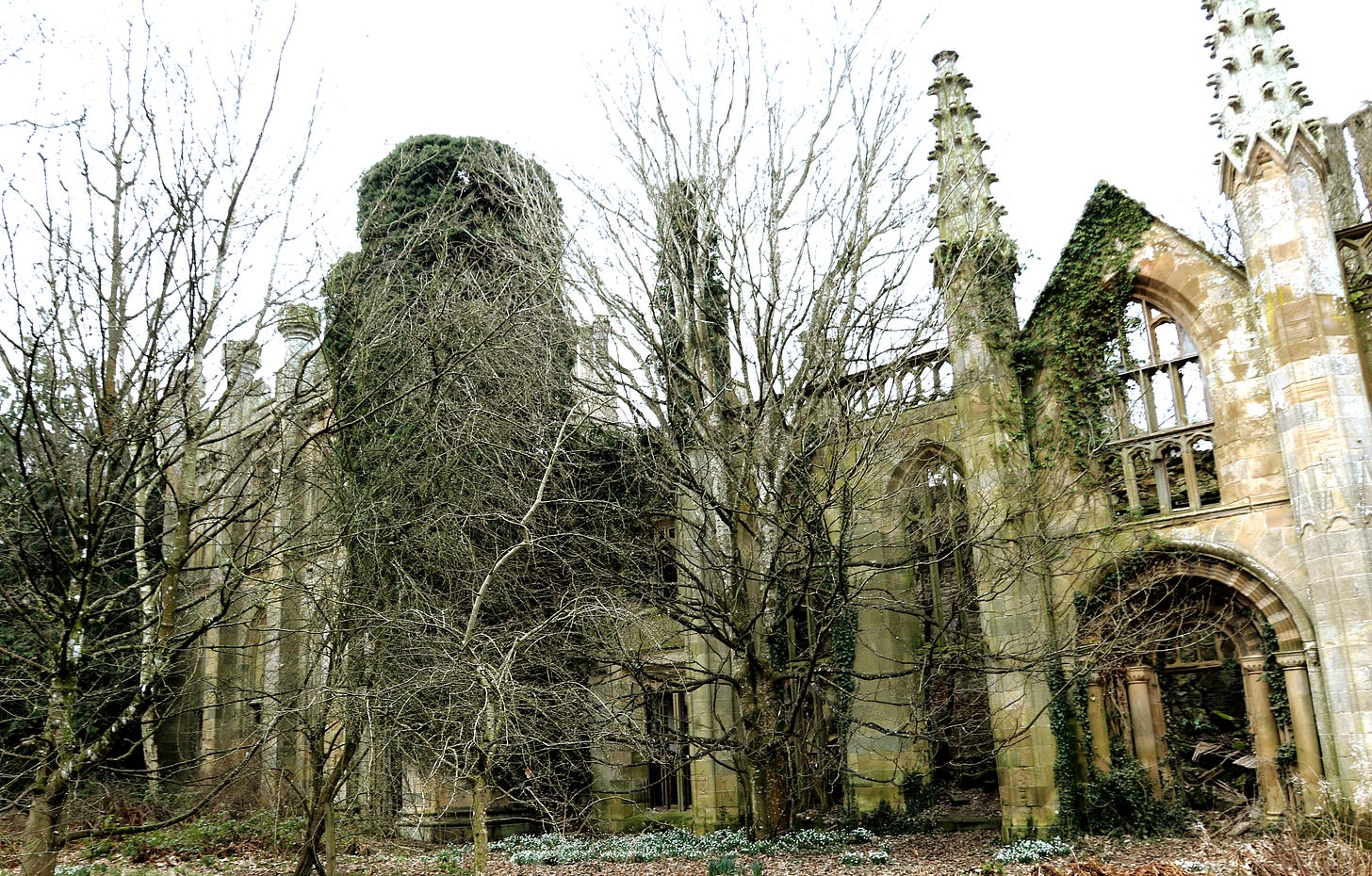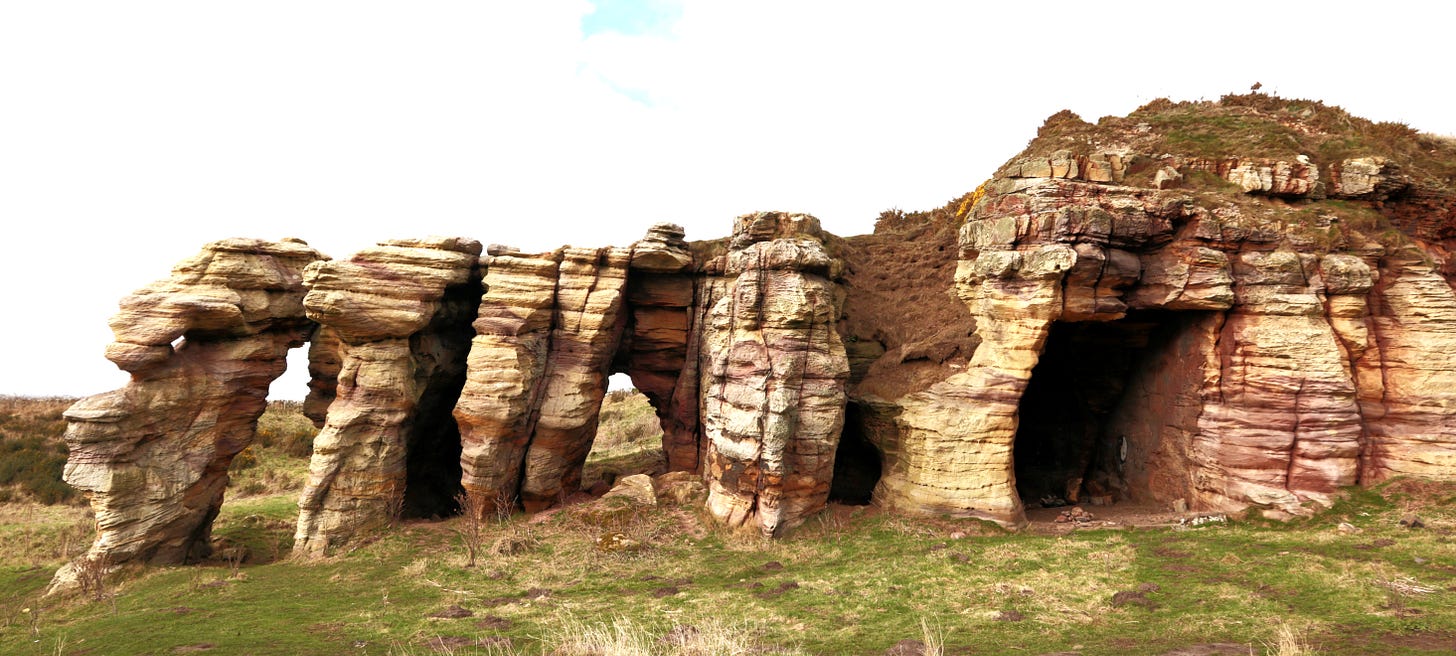Welcome!
The Wittance is a show case for all things Scottish. We look at a variety of topics; history, castles, art, music, language, inventions, Scots abroad, the impact this wee country has made on a global. With a population of only 5 million it has been punching above it’s weight for a long time.
Wittance is an old Scots word meaning “the fact of knowing or being aware of, knowledge, awareness, notion, conception” we intend to use that to the full and bring as much as we can to you in as many formats as possible. We will have photo tours around the country looking at lochs, island, hills, coastal regions and castle, videos of new music and concerts from Scottish artists and performers and explanations of old Scots words, how to pronounce and where and when to use them. Podcasts and radio shows exploring thoughts ideas and the creative talent blossoming here and of course lots of articles.
Recently we went for a wee tour of the quaintly named East Neuk of Fife (Neuk means corner). Here we discovered the Crawford Priory.
Crawford Priory:
Gothic Grandeur and Ghosts
It’s an overcast but pleasant day for a stroll through the Fife countryside. You amble by the River Eden and into the mixed woodland, letting your feet lead you. You stumble, crash through a shrubby knot of trees — and catch your breath. A forbidding structure rears before you: a decrepit priory, abandoned and vast. Left to rot in depths of the wood like a hollowed-out ribcage, its ominous turrets are nearly engulfed by trees. Crows squabble amid its crumbling splendour. A tower casts a dark, cold shadow. Your imagination plays tricks, placing a ghostly apparition in fine dress within an arched window.
You shrug off a shiver and return to the woods. A tangled path winds through the undergrowth, following it you stumble on a crumbling mausoleum. Verdigris tinged stone and rusty iron bars lend an air of sad neglect. Like the magnificent ruin nearby, the mausoleum is falling to bits. Foliage sprouts from the roof and tree roots threaten to tear the tomb apart. Snap. You look round to see a roe deer, lingering shyly between the trees. You lock eyes for a fleeting moment and feel a peculiar chill before it bounds away.
It could be the opening scene of a Gothic novel, but the crumbling ruin, aristocratic ghost, and lonely grave belong to Crawford Priory, a real-life marvel of opulent architecture. Venture deep into the woods near Springfield, Fife, and you’ll soon glimpse its sombre bones jutting ominously into the sky.
Sprawling ivy, trees, and wildlife claim this once magnificent man-made mansion for nature, although the making of Crawford Priory can be credited to one woman: the gloriously eccentric Lady Mary Lindsay Crawford.
In the early 1800s, Lady Mary inherited a rustic hunting lodge and estate, built in 1758 for the 21st Earl of Crawford. A hunting lodge was much too humdrum for Lady Mary’s tastes, however, so she began a series of renovations inspired by Dunblane Cathedral. Crawford Priory had no connections with the church, but for its deeply religious new owner it was to become a sacred place.
From the beginning Lady Mary noted the hunting lodge’s strange atmosphere. Her dog would whimper and cower at unseen disturbances, hiding under the dinner table. It seemed she’d inherited a ghost with Crawford Lodge. Or could she have experienced an eerie premonition of how she’d come to haunt the building herself, when it was no more than roofless rubble?
Whatever “bad and awful auspices” brought Crawford Lodge into being, Lady Mary wasn’t deterred. She possessed an indomitable nature: “[…] her mind of a masculine order, her spirit high, independent, and unscrupulous, her temper haughty to those who did not understand, or presumed to contradict her prejudices,” claimed Lord Lindsay in his Memoir of the Houses of Crawford and Balcarres.
Extensive remodelling transformed Crawford Lodge into Crawford Priory. Suits of armour glittered in the halls, dinners were held under dramatic vaulted ceilings, and beams of rainbow light patterned the floors from stunning stained-glass windows. A luxurious palace fit for an aristocratic lady and her pets. Because why ruin the peace of your newly renovated sanctuary with a husband and children? Lady Mary flouted societal expectations by refusing to marry or become a mother. Instead, she welcomed a menagerie of animals into the Priory’s luxuriant interior, which included tame roe deer and a fox.
The roe deer was her favourite companion. Every day she fed it a delectable mush of bread and milk, which she made by hand. The deer became attached to her brother George, Earl of Crawford — apparently, it would follow him home from the wood and sleep at his feet! Upon its death at the grand age of seven, Lady Mary buried the roe deer on the estate and erected a tombstone in its memory.
Predictably, society at the time were unsettled by Lady Mary’s ambivalence towards marriage, and the time and money she chose to lavish on pets and servants instead of a family. Newspaper articles painted her as a reclusive spinster, claiming that she lived in “almost entire seclusion” with only birds and beasts for company. However, Lady Mary showed devotion not only to her animal companions but to the servants who doted on her. In her will she left provisions for both servants and animals, in addition to donating a ‘considerable sum’ to the parish poor.
Such philanthropic acts seem part of Lady Mary’s character. Lord Lindsay noted in his memoir that she was a woman of, “kind attentions, acts of generosity, little minute delicacies, most unworldly and ideal, to every one with whom she came into contact,—of the judicious bestowal of money, in loan or gift, on the deserving[…]which may balance the remembrance of eccentricities.”
Not every commentator remembered Lady Mary so kindly. One mused, ‘the cynical moralist might illustrate the vanity of human wishes by showing that whilst Lady Mary Lindsay Crawford has “built her soul a lordly pleasure-house” at Crawford Priory during her lifetime, her body now rests uncared for in a neglected and nameless tomb, the walls of which are crumbling into dust for the lack of a little pious care and reverent affection.”
Indeed, Lady Mary’s tomb has been disrespected several times, with teenagers daring one another to sleep inside its mouldy walls and vandals breaking open the coffin and scattering her bones.
Yet romantic imaginations might see this neglect as part of Crawford Priory’s gothic allure. For there’s life among the decay: birds and beasts still make their home here, crows wheel above the decaying turrets, and broken walls provides ample sprawling space for ivy and native trees.
Some believe the dead also roam Crawford Priory on windy nights. There have been various sightings of Lady Mary’s ghost over the years, lending an uncanny air to the ruins. Almost two centuries after her death, Lady Mary’s attachment to Crawford Priory and her animals remains unsevered (a spectral menagerie is said to loyally follow her steps!).
After Lady Mary’s death, Crawford Priory then passed through the Earls of Glasgow to the Barons of Cochrane. Since the 1960s, Crawford Priory has slipped further into ruin each year, as though it were Lady Mary’s wilful spirit that held the bricks together. In 1968, due to insurmountable maintenance costs, the doors closed forever. It’s only taken half a century for the Priory’s gothic grandeur to rot into ruin. Curved staircases, exquisite carvings, and antique tiles are laid bare to the elements. Glassless, arched windows loom above the rubble, reflecting only the swaying trees and moody sky.
Crawford Priory can be accessed on foot from Springfield, near Cupar. The route heads across open fields to the wood. Follow the track that crosses under the railway and head for the village of Pitlessie. After crossing the River Eden, follow the trail through farmland and past Coults Mill to reach the woodland where Crawford Priory is located. The Priory is fenced off and though there are clear holes in the wire made by the intrepid, would-be explorers should note how dangerously unsafe it is to venture inside. Explore with care!
Remember to take a detour to Lady Mary’s tomb, which lies in Lady Mary’s Wood, opposite the A914. You might be the only visitor pausing by the forlorn tomb to remember the extraordinary lady of Crawford Priory, a woman worthy of a Gothic novel or two. Or maybe the ghostly glimmer of a devoted deer will show that Lady Mary is still remembered by those she was kind to.
You can take a tour around the East Neuk right here. View our photographs from the comfort of your own chair. Follow this link to see our exclusive images.







